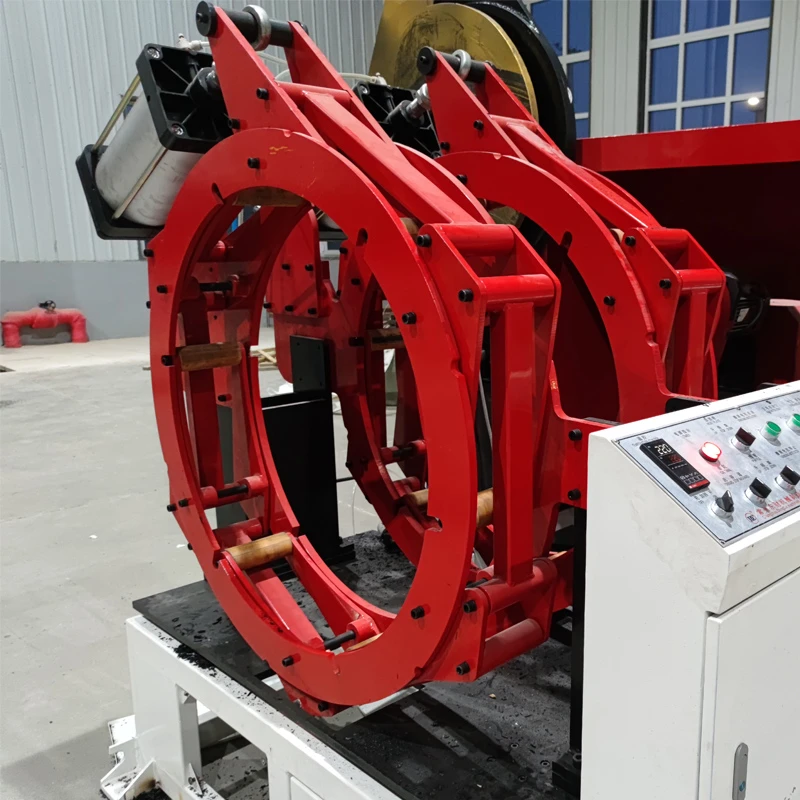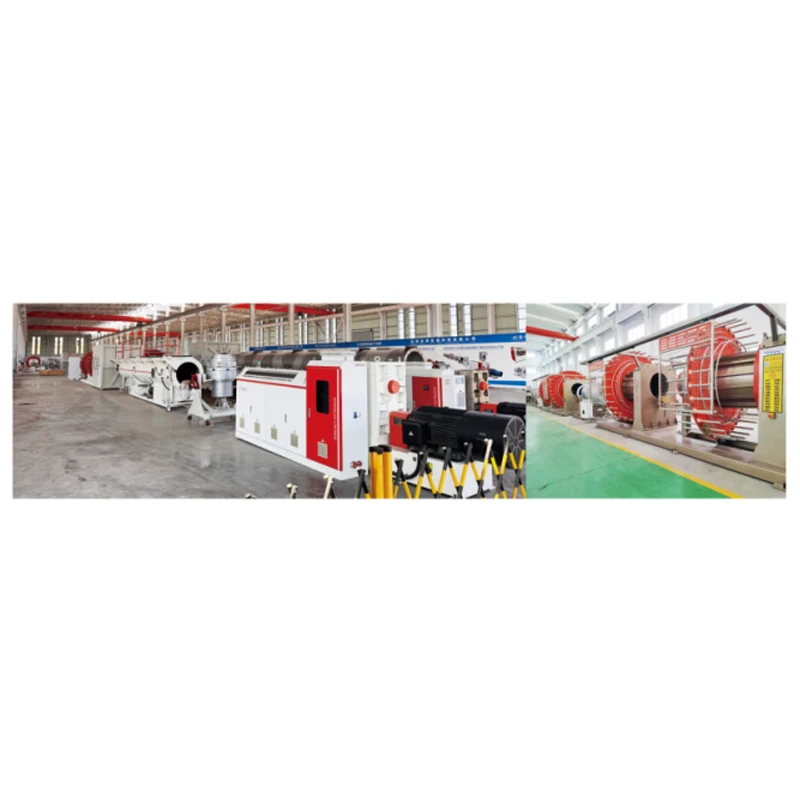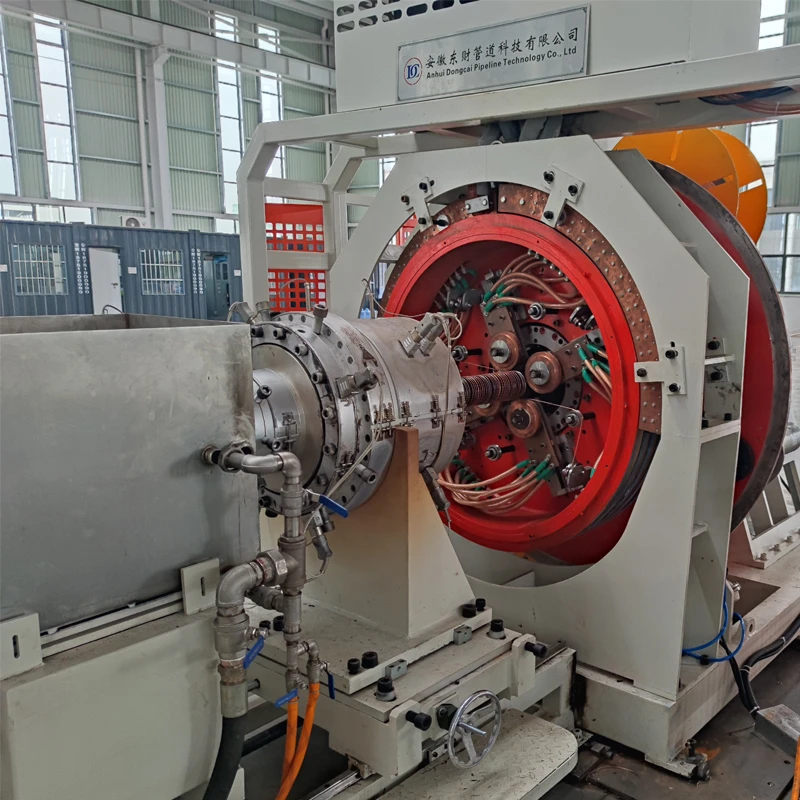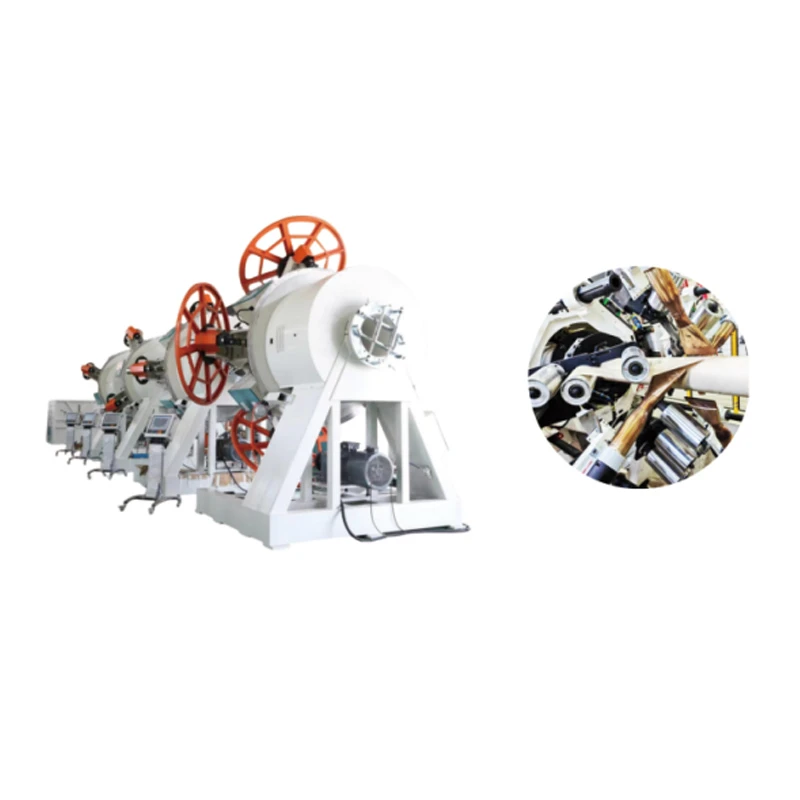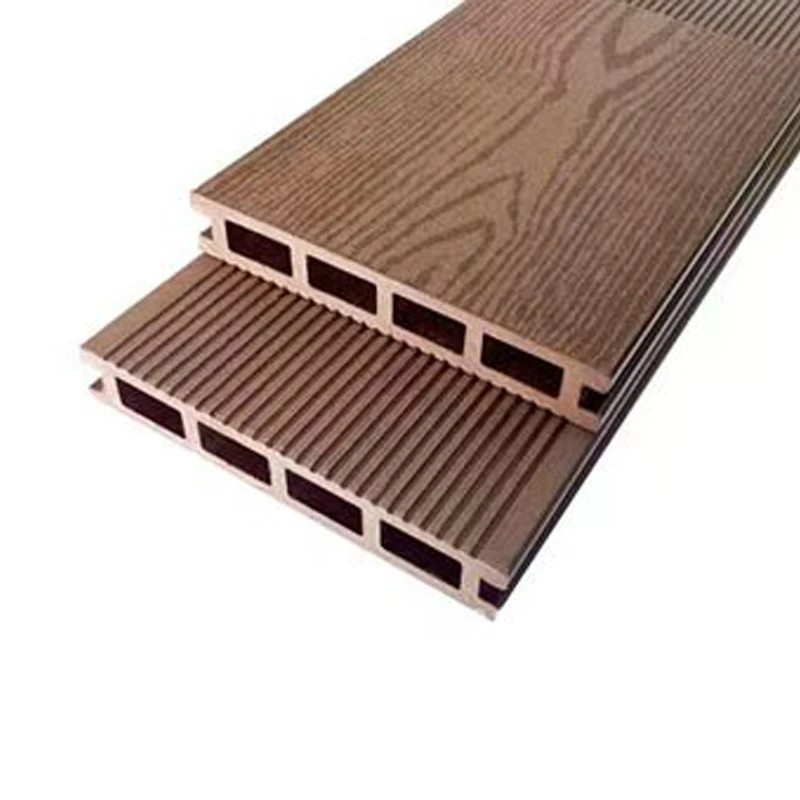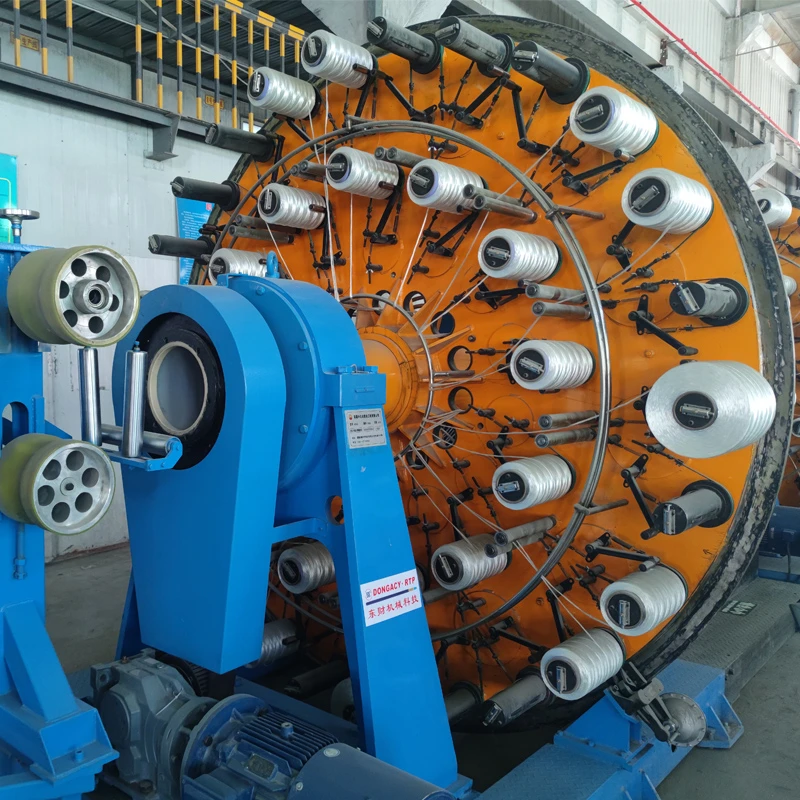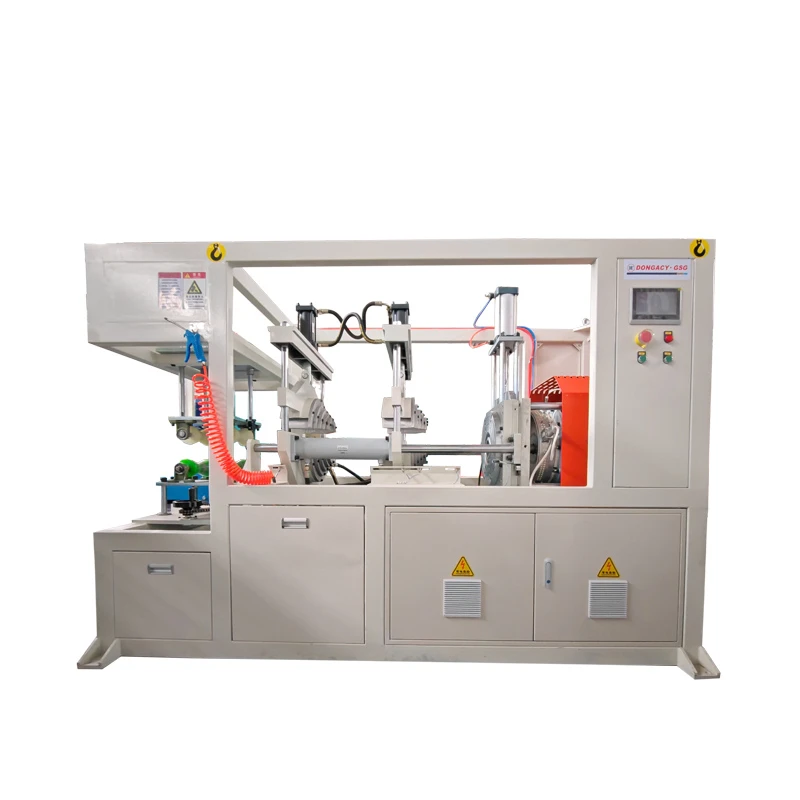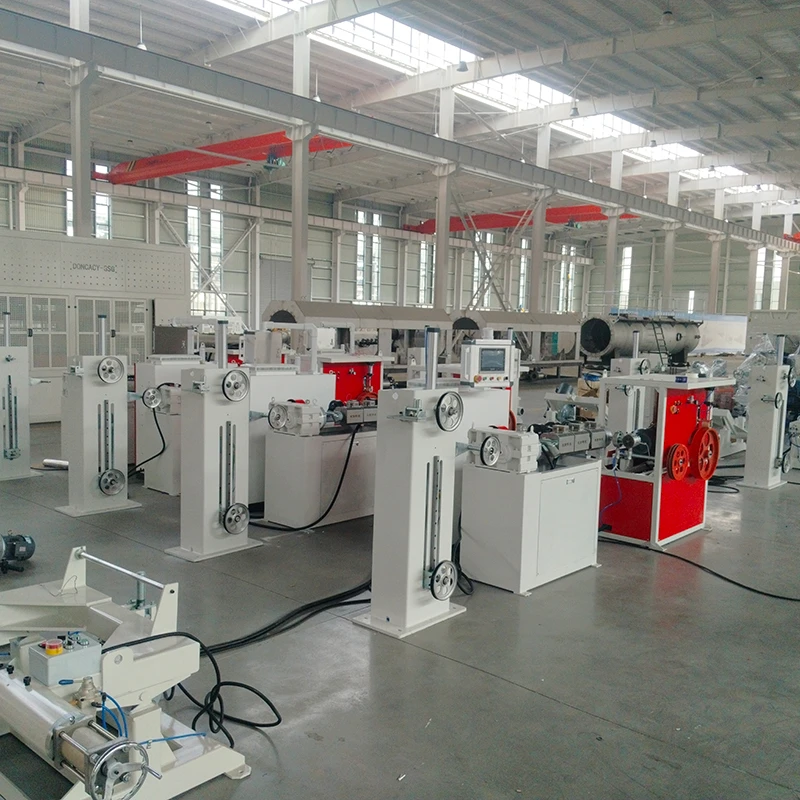
- Introduction: Overview of pp extruder machine
technology and industrial significance - Technological Advancements in Extrusion: Innovations and performance data
- Comparative Table: Hot melt, twin, and sheet extruder machine performance assessment
- Evaluating Leading Manufacturers: Global vendor analysis
- Tailored Solutions: Customization and integration processes
- Application Cases: Real-world deployment examples and production impact
- Future Trends in pp extruder machine Technologies
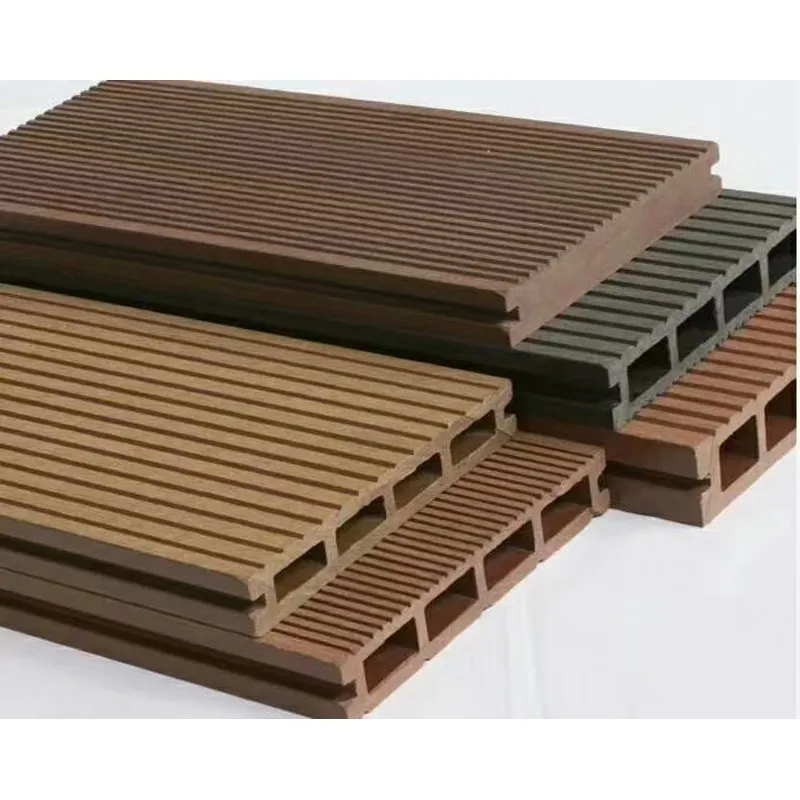
(pp extruder machine)
The Role of pp Extruder Machine Technology in Industrial Processing
The pp extruder machine is a fundamental cornerstone in polymer processing lines worldwide, responsible for converting polypropylene resin into a wide range of value-added products. As global demand for lightweight, high-strength, and recyclable materials rises, factories increasingly rely on these extruders for efficiency and precision. According to data from Markets & Markets, the worldwide plastic extrusion machinery market was valued at $6.3 billion in 2023 and is projected to reach $8.2 billion by 2027, fueled by construction, automotive, and packaging industries. PP (polypropylene) extrusion, in particular, accounts for approximately 24% of all polymer extruded products. This technology enables economies of scale in manufacturing processes, minimizing material waste, reducing labor requirements, and facilitating high-speed automation. As industries seek to increase resource efficiency and product quality, adopting advanced extruder solutions becomes increasingly indispensable.
Innovation and Technical Performance in Extruder Machinery
The extrusion industry has experienced significant innovation, particularly in terms of processing speed, energy efficiency, and product precision. Modern twin extruder machines can achieve production outputs exceeding 900 kg/hour while maintaining material homogeneity and consistent melt flows. Leading hot melt extruder machines are designed to process a range of thermal adhesives and specialty compounds with temperature stability within ±2°C, supporting the high-precision demands of electronics and medical device manufacturing.
Advancements in automation and real-time process monitoring (via IoT-enabled sensors) have enabled adaptive control systems that reduce energy consumption by as much as 18%, according to recent industry benchmarks from Plastics Technology. Furthermore, state-of-the-art screw designs and die technologies have minimized output variation, with standard deviation reduced from 0.7% to 0.35% in premium machines. These technical breakthroughs deliver tangible benefits: reduced defects, faster changeovers, and lower production downtime. As extrusion lines become increasingly interconnected within Industry 4.0 ecosystems, technical advantages multiply, making high-end extruder machines a cornerstone of lean manufacturing.
Hot Melt, Twin, and Sheet Extruder Machines: Comparative Performance Data
The choice between hot melt extruder machine, twin extruder machine, and sheet extruder machine configurations can significantly impact production outcomes. Each type is optimized for distinct product categories, material properties, and throughput specifications. The following table presents a feature-based comparison, synthesizing benchmark performance and suitability across key parameters:
| Extruder Type | Typical Output (kg/h) | Material Versatility | Energy Consumption (kWh/ton) | Product Tolerances | Common Applications |
|---|---|---|---|---|---|
| Hot Melt Extruder | 250 – 600 | High (adhesives, sealants, specialty compounds) | 410 – 430 | ±0.50 mm | Tapes, filters, electronics, cable insulation |
| Twin Extruder | 350 – 900 | Broad (PP, PE, PVC, advanced composites) | 450 – 490 | ±0.35 mm | Pipes, profiles, masterbatch, compounds |
| Sheet Extruder | 180 – 850 | Sheet-grade thermoplastics (PP, PET, PC) | 430 – 480 | ±0.30 mm (thickness) | Packaging sheets, thermoformed trays, signage |
Selection criteria depend on end-product requirements, operational budgets, and desired scalability. Twin extruder machines dominate high-output, versatile applications, while hot melt extruders excel in specialty adhesive products. Sheet extruders are essential for flat product manufacturing, offering the tightest tolerance controls.
Comparative Analysis of Global Extrusion Machinery Manufacturers
Selecting the right extruder manufacturer is critical for capital investment and long-term operational effectiveness. Industry surveys indicate that over 65% of plants consider technical support and after-sales service as the most important purchasing factor after machine specifications. Market leaders, such as Coperion (Germany), KraussMaffei (Germany), Milacron (USA), and Jwell (China), consistently rank high for both innovation and reliability.
| Manufacturer | Key Markets | Overall Capacity (Units/Year) | Service Reach | Warranty (Standard) |
|---|---|---|---|---|
| Coperion | Europe, Americas, Asia | 1,350+ | Global (60+ countries) | 3 years |
| KraussMaffei | Europe, Americas, APAC | 1,100+ | Global (55+ countries) | 2 years |
| Milacron | Americas, Asia | 980+ | Global (45+ countries) | 2 years |
| Jwell | Asia, Europe, Africa | 1,800+ | Global (70+ countries) | 1 year |
Considerations such as maintenance responsiveness, local spare part availability, and integration support often outweigh local equipment price variances. As a result, many producers request comprehensive after-sales agreements and remote diagnostic access when specifying new extrusion lines.
Custom Solutions: Designing and Integrating Tailored Extrusion Lines
In modern manufacturing, generic solutions rarely confer competitive advantage. Over 72% of polymer processing facilities now pursue some level of extrusion line customization, ranging from specialized die configurations to fully automated inline metering systems. For instance, companies producing multilayer barrier sheet for medical packaging may require custom screw geometries, die lip adjustment systems, or in-situ blending. Hot melt extruder machine operators frequently request modified feed zones and enhanced temperature control for proprietary adhesive blends.
The tailoring process typically commences with a needs assessment (covering throughput, product qualities, and footprint), followed by CAD-system design iterations and pilot-scale prototype trials. Integration with upstream and downstream processes—such as feeders, winders, or robotic pickers—is increasingly standard. Case studies indicate that custom-integrated lines can deliver throughput improvements of 15–28% over off-the-shelf alternatives, with associated defect reductions of up to 35%. Such bespoke solutions are critical in high-margin sectors including aerospace, automotive component manufacturing, and medical device assembly.
Application Examples: Maximizing Productivity and Flexibility
Real-world examples underscore the operational value of advanced extrusion technology. A US-based automotive supplier integrated a twin extruder machine for under-hood thermal shielding, increasing output by 24% and shrinking changeover time from 2.5 to 1.4 hours. In the Asia-Pacific region, a packaging film producer implemented a sheet extruder machine with automated thickness control, resulting in material usage savings of over 9% annually.
- Consumer Electronics: A European cable manufacturer adopted hot melt extruder solutions for producing high-frequency insulation, reporting defect rates consistently below 0.12%.
- Healthcare Packaging: Precision sheet extrusion systems enabled a pharmaceutical packager to switch to fully recyclable PP, satisfying both regulatory and environmental audits.
- Construction Panels: North American builders used multi-layer twin extruders to meet stringent fire resistance and insulation goals, bolstering market competitiveness.
These cases exemplify how adopting cutting-edge extrusion machinery does more than improve throughput; it directly impacts margins, customer satisfaction, and regulatory compliance.
Outlook and Market Evolution for pp Extruder Machine Solutions
As environmental targets, performance expectations, and automation standards rise, the future for pp extruder machine technologies looks promising. Analysts predict compound annual growth of 6.1% for polypropylene extrusion equipment through 2030, powered by product innovation, circular economy policies, and digitalized manufacturing. Upcoming advances in AI-based process controls and hybrid material compatibility are expected to further reduce energy intensity by up to 25% while supporting ever tighter quality tolerances.
Establishing strategic partnerships with the right equipment suppliers, and investing in customization and continuous operator training, will be essential for manufacturers aiming to stay ahead. The growing adoption of all-in-one extrusion platforms—capable of performing blending, filtration, and cutting inline—signals a new era of flexibility and cost control for plastics processors worldwide.
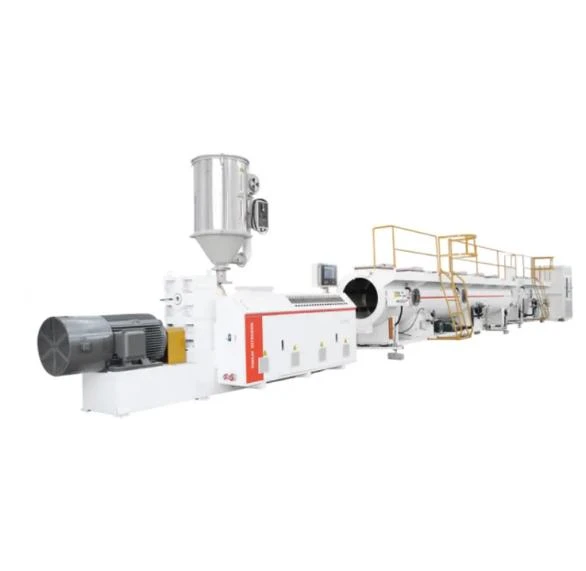
(pp extruder machine)
FAQS on pp extruder machine
Q: What is a PP extruder machine used for?
A: A PP extruder machine is primarily used to process polypropylene (PP) plastics into various shapes and products. It can create films, sheets, and pipes for industrial applications. These machines are essential in plastic manufacturing industries.Q: How does a hot melt extruder machine differ from standard extruders?
A: A hot melt extruder machine operates by heating materials to a molten state for forming and bonding. It is mainly used for adhesive processing and specialized applications like pharmaceuticals. This differs from standard extruders that focus on shaping plastics.Q: What advantages do twin extruder machines offer?
A: Twin extruder machines use two intermeshing screws for better mixing and higher output. They provide enhanced material dispersion and flexibility in processing compounds. This makes them ideal for complex plastic formulations.Q: What products can be manufactured with a sheet extruder machine?
A: Sheet extruder machines produce flat plastic sheets for packaging, construction, and printing industries. The thickness and width can be easily adjusted for different needs. Popular products include plastic boards, trays, and signage materials.Q: How do I choose the right PP extruder machine for my application?
A: Selection depends on the material type, end product specifications, and required output capacity. Consider features such as screw design, temperature control, and automation level. Consulting with manufacturers will help tailor the machine to your needs.-
PVC Profiles: The Future of Durable and Cost-Effective Construction SolutionsNewsJun.06,2025
-
PVC Pipe Extrusion LineNewsJun.06,2025
-
High-Quality Polyethylene Pipe Production LineNewsJun.06,2025
-
High-Performance Tube Production LineNewsJun.06,2025
-
Advanced Plastic Pipe Production LineNewsJun.06,2025
-
Hdpe Steel Wire Mesh Reinforced Polyethylene Skeleton PipeNewsJun.06,2025
-
Tube and Pipe ManufacturingNewsMay.14,2025

